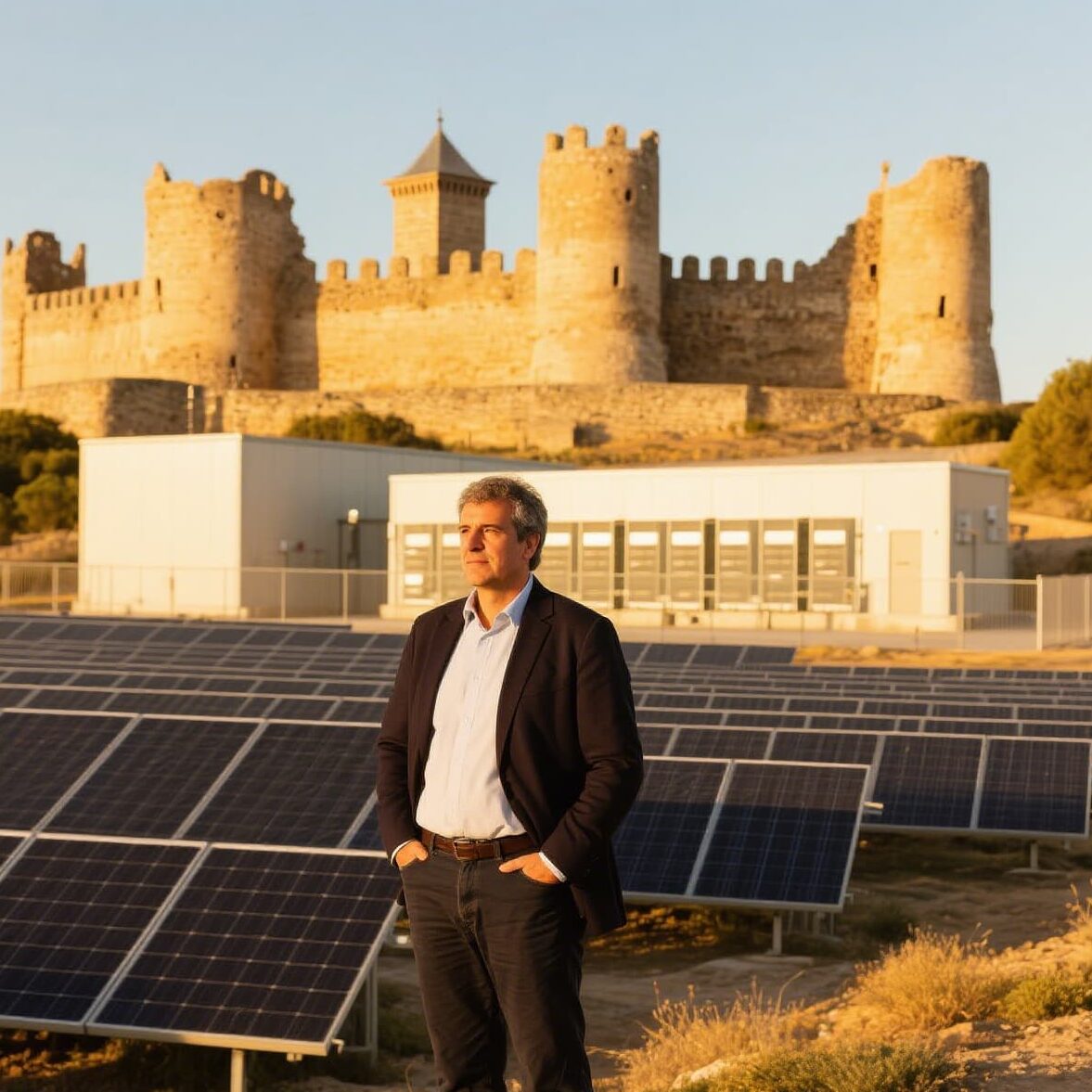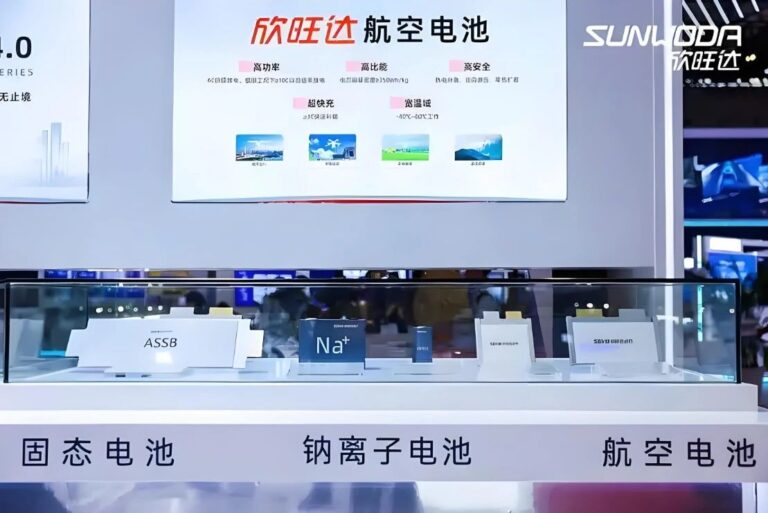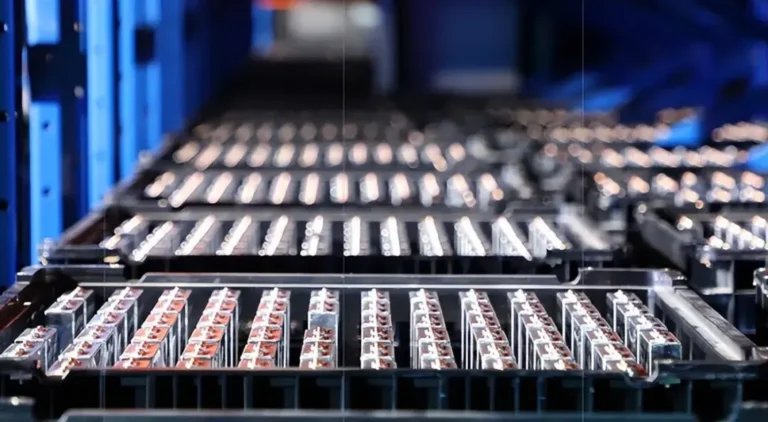The Spanish Blackout: Root Causes of the Accident and a Warning for the Transformation of New Energy Reserves
On April 28, 2025, the Spanish power grid lost 15 gigawatts (GW) of supply capacity (equivalent to 60% of the country’s electricity demand) in five seconds, triggering a massive blackout on the Iberian Peninsula affecting more than 50 million people and affecting parts of France. The Spanish government’s investigation confirmed that the direct cause of the accident was a chain reaction triggered by a voltage spike, and that the underlying problem lay in defective grid scheduling and inadequate system control.
🔍 Key findings of the accident
The main cause of the voltage runaway
The grid operator, Red Eléctrica (REE), did not arrange for enough back-up thermal power plants to regulate voltage fluctuations.
Some power plants were improperly disconnected during voltage anomalies, exacerbating the system collapse.
Vulnerability of renewable energy sources
Spain has a 56% share of clean energy (2024), but storage capacity accounts for only 0.3% of demand, which is not able to cushion the sudden drop in wind power.
The accident occurred just six days after Spain celebrated its “first 100% renewable energy supply day”, highlighting the stability risks of a grid with a high proportion of new energy sources.
🛠️ Reform Measures and Energy Storage Construction Speeding Up
The Spanish government has introduced 11 urgent reforms:
Strengthening grid supervision: REE is required to improve the dispatching capacity and clarify the responsibility of voltage control of power plants.
Compulsory new energy distribution and storage: incorporate renewable energy facilities into the voltage control system.
Transnational grid upgrade: expand interconnection capacity with neighboring countries such as France to avoid isolated grid operation.
Accelerate energy storage deployment: plan to increase installed energy storage from the current 0.1 GW to 2.38 GW by 2030.
🔋 Surging demand for energy storage in Europe: new opportunities for Chinese companies
The Great Blackout has forced Europe to accelerate its energy storage construction, and the market is showing structural growth:
📈 Demand-side explosion
Large-scale energy storage dominates: in 2025, Europe’s large storage additions are expected to reach 16.3 gigawatt-hours (GWh), an increase of 86% year-on-year; commercial and industrial storage adding 3.6 GWh, up 62%.
UK leads investment: plans for battery storage to reach 23-27 GW in 2030 (only 4.5GW in 2024).
Drivers:
Grid stability needs: frequent blackouts in Spain, Portugal, Ukraine, etc.
Negative tariff phenomenon: 468 hours of cumulative negative tariffs in Germany and up to 247 hours in Spain in 2024, highlighting the economics of energy storage.

🌍 Chinese enterprises layout in Europe
Order breakthrough:
In the first half of 2025, Nandu power supply, Huawei, Chuneng new energy and other Chinese enterprises in Europe seized more than 12GWh energy storage orders Chinese enterprises layout in Europe Order breakthrough.
During the Intersolar exhibition in Germany, Chinese enterprises signed over 2.5GWh (e.g. Hanvon Energy’s Bulgaria project).
Localization of production capacity:
32 projects of Chinese enterprises have landed in Europe, such as the Spanish super factory of Vision Power (to be put into operation in 2026) and the Hungarian base of Ningde Times, with a total planned production capacity of nearly 200GWh (accounting for 50% of the overseas layout).
Competitive Advantage:
Technology Adaptation: 314 ampere-hour (Ah) electric core and 5 megawatt-hour (MWh) system integration solution is recognized by European customers.
Profit margin: European large storage gross profit margin of about 35%, higher than the domestic market by more than 20%.
⚠️ Challenges and Prospects
Technical Barriers: Europe mandates that energy storage systems pass UL9540A and other safety certifications, with stringent requirements for thermal runaway management.
Policy risk: EU’s New Battery Regulation requires disclosure of the carbon footprint of the whole life cycle, forcing Chinese enterprises to improve the proportion of green power usage.
Overcapacity concern: China’s planned overseas production capacity of nearly 400GWh, need to be vigilant about capacity mismatch due to localization policy.
Explanation of core terms
Gigawatt (GW): Power unit, 1GW = 1 billion watts.
GWh: energy unit, 1GWh = 1 million degrees of electricity.
Negative tariffs: The phenomenon whereby power producers have to pay to allow customers to use electricity when there is an oversupply in the electricity market.
🔮 Industry Outlook
The Spanish blackout has become a turning point in Europe’s energy transition – energy storage has been upgraded from an “auxiliary role” to a “grid necessity”. Chinese enterprises seize the first opportunity by virtue of technology and production capacity advantages, but need to deal with certification barriers and low-carbon requirements. Future competition will focus on:
Long-time energy storage technology: liquid current battery (cost down to 1.1-1.2 yuan / watt-hour) in the 8-hour peak scenario penetration.
Optical storage integration: Germany mandatory PV power plant distribution storage 30%, promoting system integration innovation.
Smart grid synergy: digital synergy between energy storage systems and virtual power plants (VPP).







